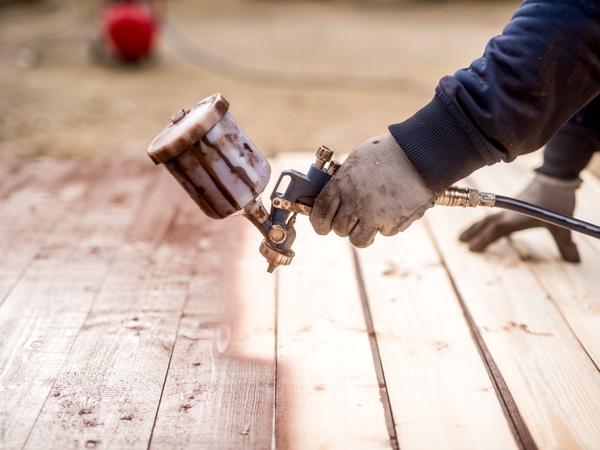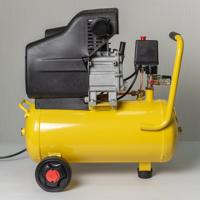Welcome to the world of pneumatic power tools where air sanders shine as dynamic assets in any toolkit. Whether you’re a DIY enthusiast or new to using air tools, learning the fundamental techniques can significantly enhance your woodworking or metalworking projects. This article will guide you through essential air sander techniques, providing you with the confidence to take on your projects with skill.
Understanding Your Air Sander
Before diving into the techniques, it’s crucial to understand the tool itself. Air sanders are powered by compressed air and are widely praised for their efficiency and durability. They come in different types, such as orbital sanders, belt sanders, and disc sanders, each catering to specific tasks.
Safety First
Safety is an integral part of working with any power tool. You should always wear protective gear, such as safety goggles and a dust mask, to shield yourself from debris and fine particles. See our Safety Tips for more information. Ensure that your workspace is well-ventilated and secure loose clothing or jewelry to prevent accidents.
Choosing the Right Sander and Sandpaper
Selecting the appropriate sander and sandpaper is foundational to achieving the desired finish.
-
Orbital Sanders: Ideal for smooth and fine finishes on wood surfaces. They are easy to maneuver and less aggressive than other types of sanders. For more information on achieving smooth finishes, check out our guide on Top Air Sanders for Smooth Finishes.
-
Belt Sanders: Use these for rapid removal of material and shaping. They are suitable for handling larger surfaces and rough finishes.
-
Disc Sanders: Perfect for detail work and flat surfaces, especially useful in small areas.
When it comes to sandpaper, grit size matters. Starting with a coarse grit, such as 60, helps in removing old paint or material, and progressively moving to a finer grit, like 220, provides a polished finish.
Essential Techniques for Beginners
Getting Started
-
Secure Your Material: Ensure your material is clamped down securely to prevent movement during sanding.
-
Correct Grip: Hold your air sander firmly but not too tightly. A relaxed grip allows for better control and reduces fatigue.
Basic Techniques
-
Straight Line Sanding: Move the sander in straight lines along the grain of the wood to avoid scratches and achieve a smoother finish.
-
Circular Movements: For orbital sanders, using gentle circular motions helps to evenly distribute pressure and avoid gouges.
-
Gradual Pressure: Start with light pressure and gradually increase. This approach minimizes the risk of removing too much material or creating uneven surfaces.
Advanced Tips
-
Overlap Passes: Overlapping each pass by about one-third ensures comprehensive coverage.
-
Regular Sandpaper Checks: Frequently check the sandpaper for wear, and replace it as needed to maintain efficiency.
-
Consistent Speed: Maintain a consistent speed to achieve a uniform finish. Avoid lingering in one spot for too long.
Practice Patience and Persistence
Like any skill, mastering air sanding takes patience and practice. Every project offers different challenges and learning opportunities. If you’re keen to delve deeper into the nuances of air sanding, check out this comprehensive guide from Wood Magazine that explores more on the subject.
Embarking on your journey with air sanders is both exciting and rewarding. By implementing these techniques, you’ll not only improve your craftsmanship but also gain a deeper appreciation for the capabilities of air tools. Happy sanding!




